Are you a fan of ginger and want to grow it at home? Growing your ginger is not only a fun hobby but also a rewarding one. Ginger is a tropical plant with an aromatic root handy for centuries in Asian cuisine, herbal medicine, and even beauty treatments.
In this blog, we will guide you on how to grow ginger from scratch with eight simple tips for growing ginger at home. We will cover everything from selecting the right variety of ginger to planting and caring for the plant. Additionally, we will discuss how to grow-ginger in containers and how to troubleshoot common issues that growers face. So, let’s dive into ginger-growing and enjoy fresh, home-grown ginger all year round!
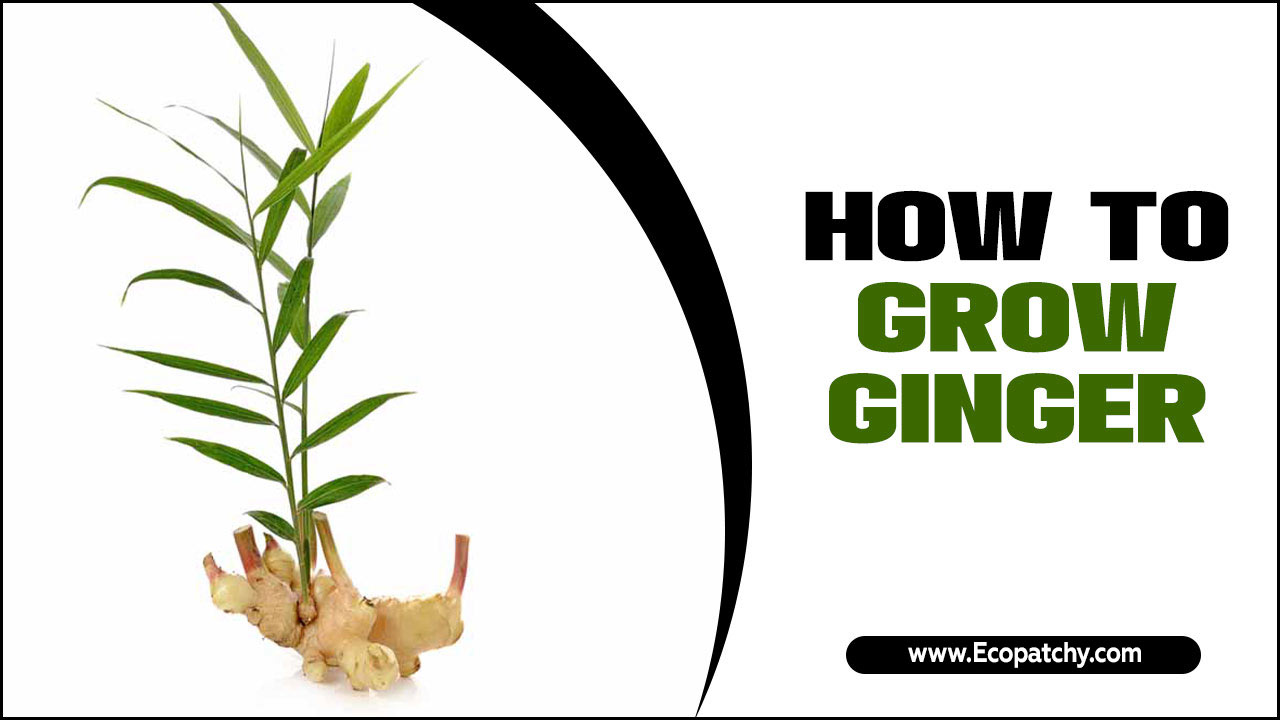
About To Ginger
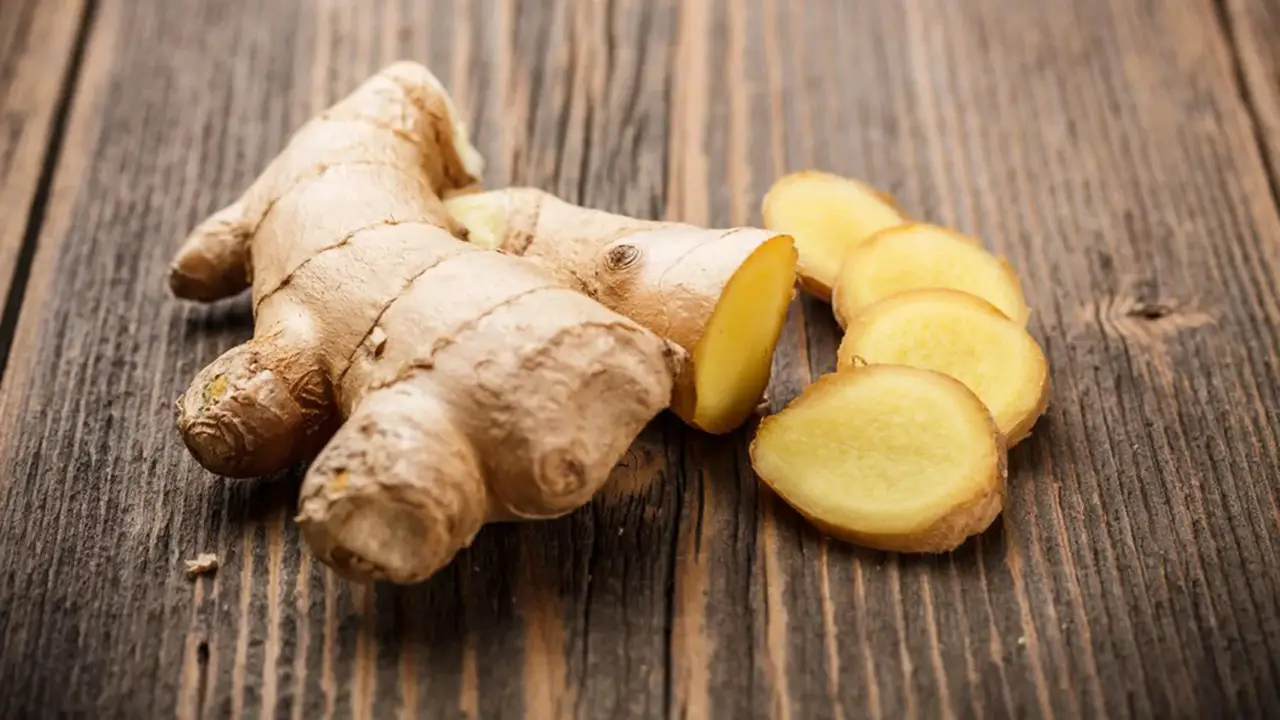
Ginger, also known as zingiber officinale, is a tropical plant with a zingy flavor and several medicinal properties. The ginger root, or rhizome, is not just limited to culinary uses; it is also widely handy in teas and herbal remedies. The best part is that you can grow your ginger right at home, allowing you to harvest fresh and organic ginger rhizomes whenever needed.
Although ginger plants thrive in warm climates, they can also be grown in containers indoors, making them accessible to even those without a large garden. Adding ginger to your garden not only provides you with a beautiful foliage plant but also gives you a fresh culinary herb that you can incorporate into various dishes. With its immune-boosting properties, ginger is a versatile and valuable addition to any gardener’s repertoire.
How To Grow Ginger: 8 Quick Tips
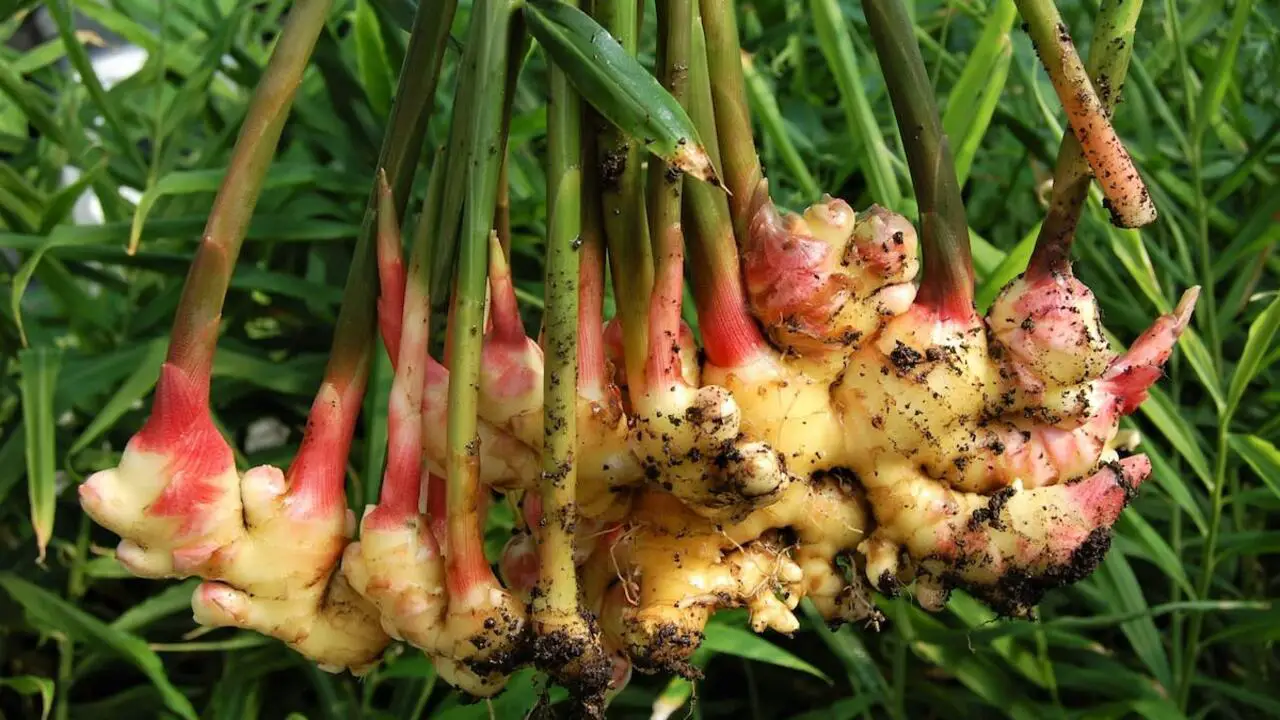
When growing ginger, there are several tips for a successful harvest. Start by choosing fresh ginger rhizomes from either a grocery store or a garden center that sells seed ginger. Growing ginger can be a rewarding and fulfilling experience for any avid gardener.
Ginger, famous for its unique flavor and numerous health benefits, can easily be cultivated in your backyard. To ensure successful ginger growth, here are eight essential tips for how to grow ginger.
1.Understanding The Growing Conditions For Ginger
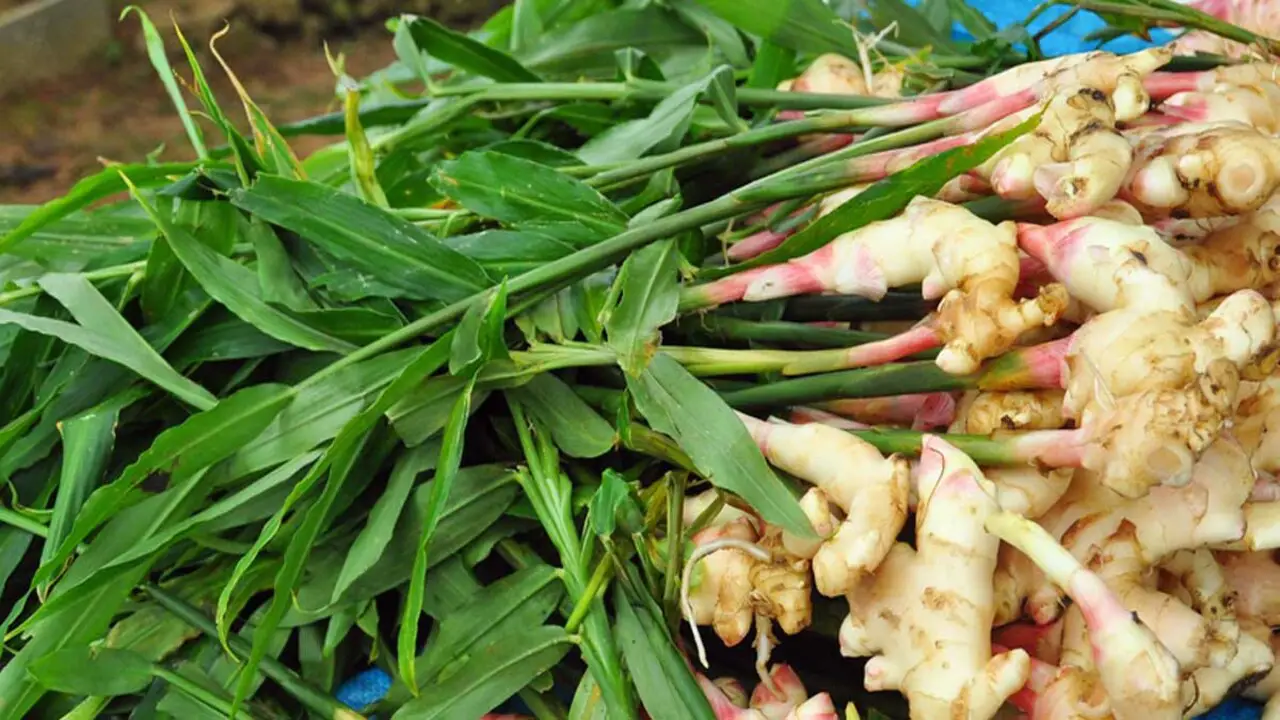
To successfully grow ginger, it is important to understand the specific growing conditions that this tropical plant requires. Ginger thrives in warm and humid environments, so it is best to grow it at temperatures between 70 and 85 degrees Fahrenheit.
Additionally, ginger prefers well-draining soil that is rich in organic matter. It is also important to provide the plants with partial shade, as direct sunlight can scorch the leaves.
When planting ginger, bury the rhizomes about 2-4 inches deep with the buds facing upwards. Regular watering and fertilization will help promote healthy growth. With the right care and attention to its growing conditions, you can enjoy a bountiful harvest of fresh ginger in your garden.
2.Choosing The Right Ginger Variety
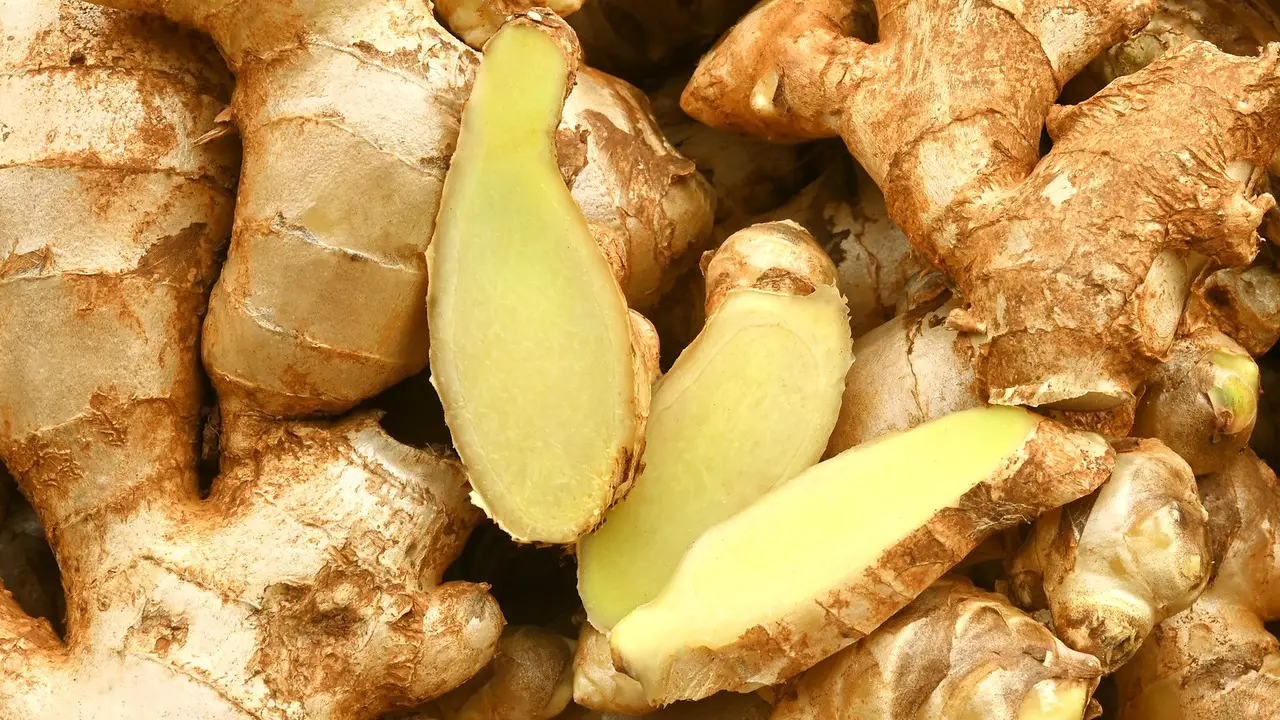
Choosing the right ginger variety is an important step in successfully growing ginger. There are several different varieties of ginger, each with its unique characteristics and flavor profiles. When selecting a ginger variety, consider factors such as the climate and growing conditions in your area, as well as the intended use for the ginger.
Some varieties are better suited for culinary purposes, while others may be more suitable for medicinal or ornamental uses. It is also worth noting that some varieties may be more resistant to certain diseases or pests, so it is important to choose a variety that is well-suited to your specific growing conditions.
By carefully selecting the right ginger variety, you can set yourself up for success and enjoy a bountiful harvest of this versatile and flavorful plant.
3.Preparing The Soil For Ginger Planting
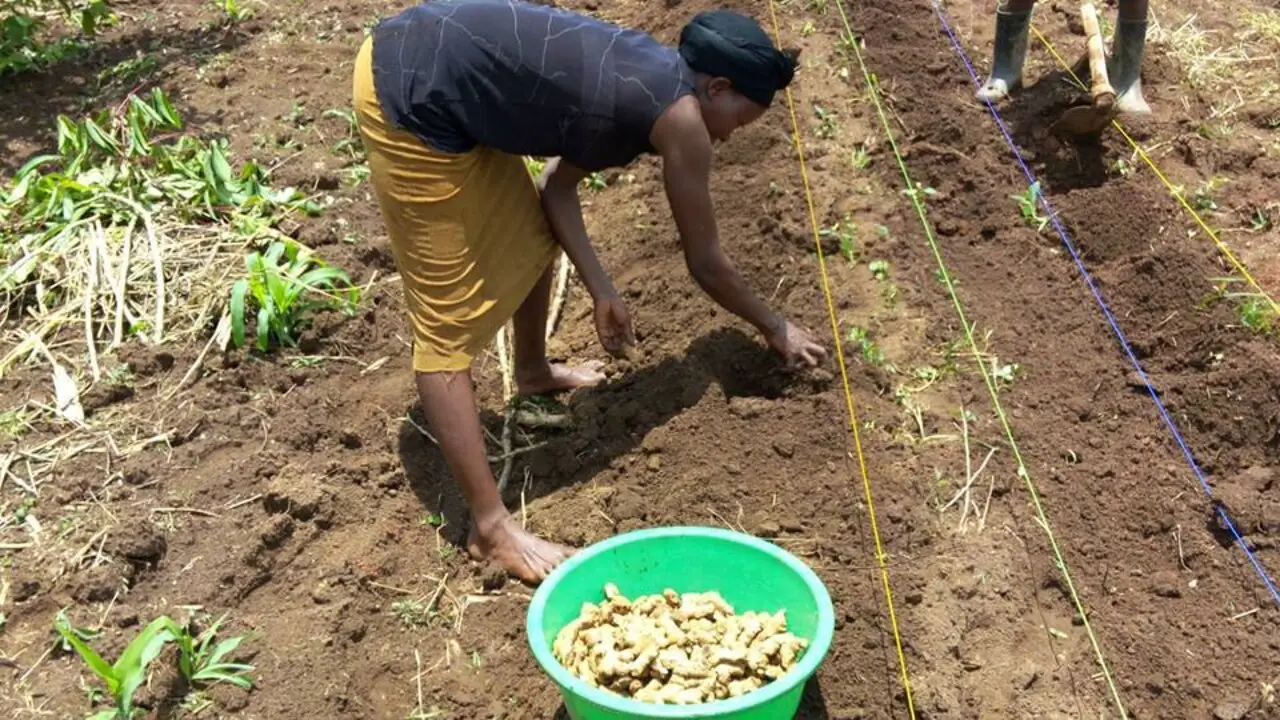
Preparing the soil is a crucial step in growing ginger successfully. Ginger plants thrive in loose, well-draining soil rich in organic matter. To prepare the soil for ginger planting, start by clearing the area of any weeds or debris. Then, loosen the soil with a garden fork or tiller to a depth of about 8 inches.
Next, incorporate compost or well-rotted manure into the soil to improve its fertility and drainage. It’s also important to ensure that the pH level of the soil is between 6 and 7, as ginger prefers slightly acidic to neutral soil.
You can test the pH level using a soil testing kit and make adjustments if needed by adding lime to raise the pH or sulfur to lower it. Once the soil is prepared, you can plant ginger rhizomes and watch them grow into healthy and flavorful plants.
4.Planting Ginger: Step-By-Step Guide
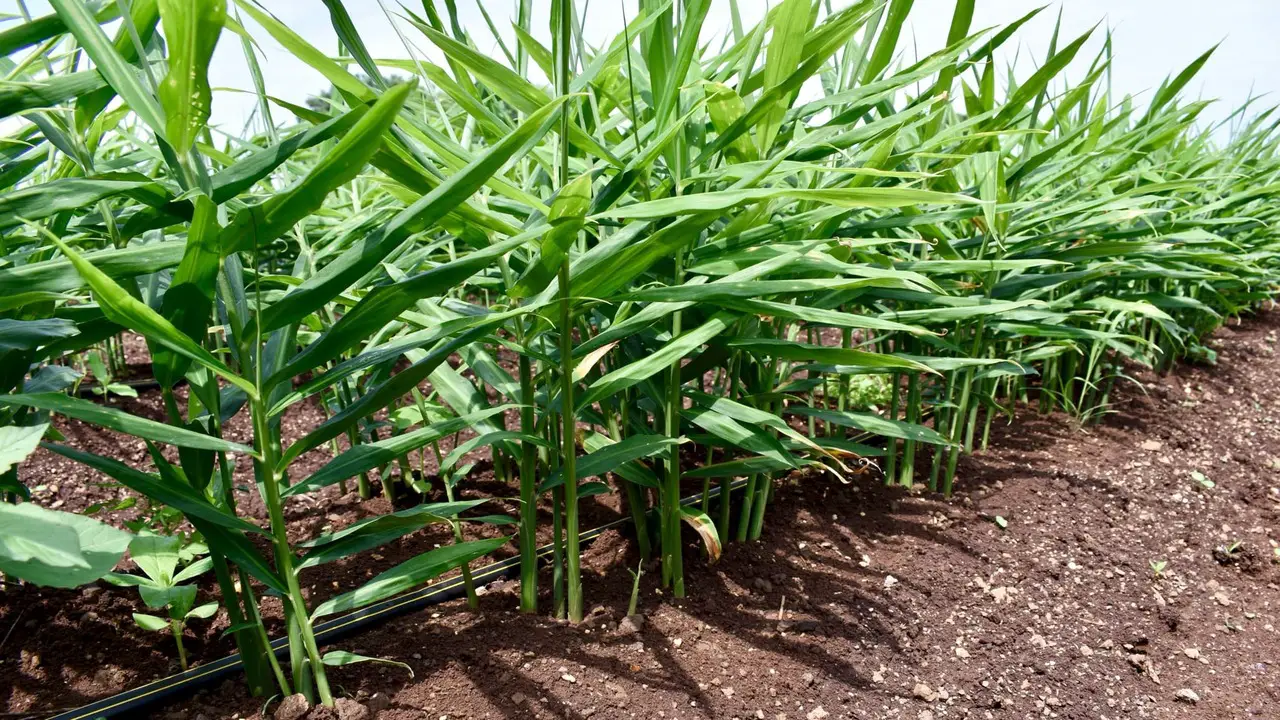
Growing ginger can be a rewarding experience and a great way to add spice to your garden. By following these steps, you’ll be on your way to growing your own fresh and flavorful ginger at home. Here is a step-by-step guide on how to plant ginger:
- Choose The Right Ginger Root: Look for firm, plump ginger roots with visible buds or eyes.
- Prepare The Soil: Ginger prefers loose, well-draining soil. Add compost or organic matter to improve soil quality.
- Soak The Ginger Root: Before planting, soak the ginger root in water overnight to help stimulate growth.
- Select A Planting Location: Choose a spot that receives partial shade or dappled sunlight, as direct sunlight can scorch the young plants.
- Plant The Ginger Root: Dig a shallow hole and place the ginger root with the eyes facing up. Cover it with soil, leaving about an inch of soil above the root.
- Water Regularly: Keep the soil consistently moist but not waterlogged. Ginger likes humidity, so misting the leaves with water can help create a favorable environment.
- Patience Is Key: Ginger takes time to grow, so be patient. It typically takes around 8-10 months for ginger to mature and be ready for harvest.
5.Caring For Ginger Plants: Watering, Fertilizing, And Mulching
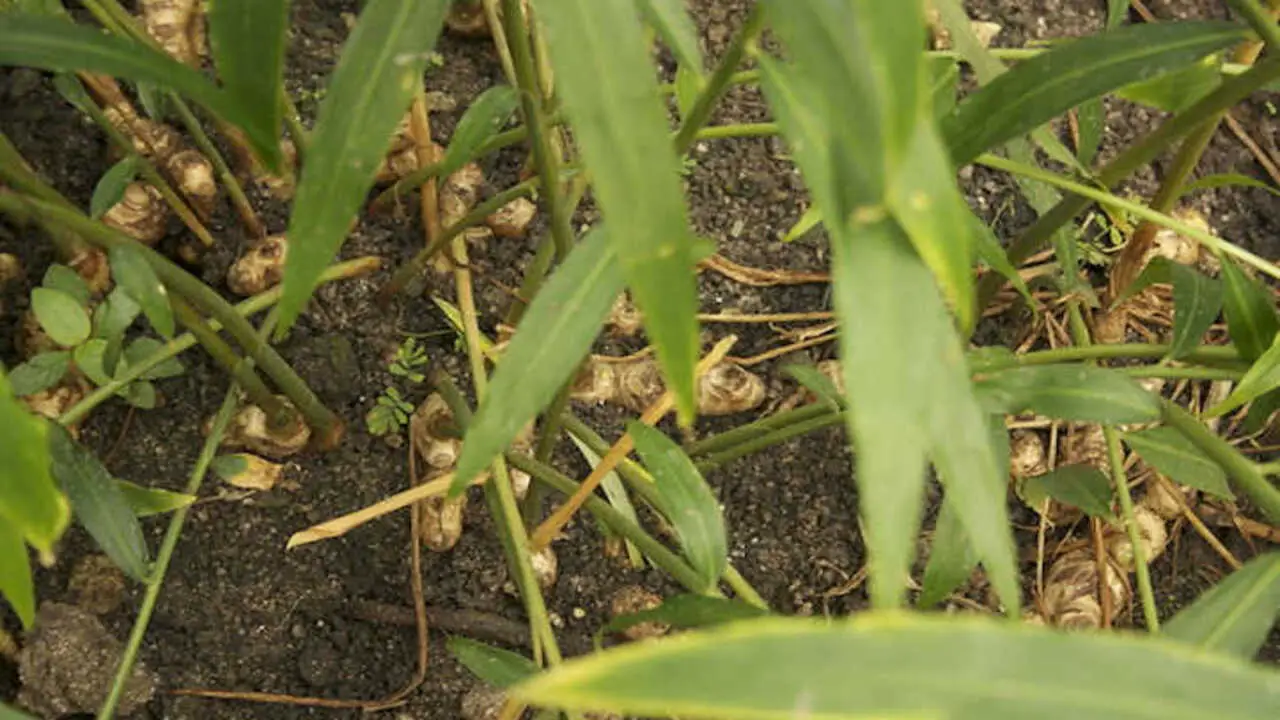
Caring for ginger plants involves proper watering, fertilizing, and mulching techniques. Ginger plants thrive in moist soil, so it is important to water them regularly, especially during dry periods. However, overwatering can lead to root rot, so it is essential to strike a balance and ensure the soil is well-drained.
Fertilizing ginger plants with a balanced organic fertilizer can help promote healthy growth and abundant harvest. It is recommended to apply fertilizer every two to three months throughout the growing season.
Additionally, mulching around the base of the plants can help retain moisture and suppress weed growth. Organic materials such as straw or compost can be handy as mulch to keep the soil cool and provide necessary nutrients. By following these care practices, you can enjoy a thriving ginger plant and a bountiful harvest.
6.Managing Pests And Diseases In Ginger Plants
Protecting ginger plants from pests and diseases is essential for a successful harvest. Organic pest control methods should be employed to prevent common pests such as aphids, root-knot nematodes, and ginger root flies. These pests can be harmful to the entire plant if left unchecked.
Regularly monitoring the ginger plants is crucial to identify signs of diseases like root rot, leaf spot, or fungal infections. Appropriate measures, such as improving soil drainage, can help prevent or manage these issues effectively.
Ginger plants thrive in part shade to full sun, so providing the ideal growing conditions will support their immune system and overall health. With proper care, this herbaceous perennial can be grown in your garden, patio, or even a conservatory. Remember to keep these tips in mind to ensure a healthy ginger crop.
7.Harvesting And Storing Ginger
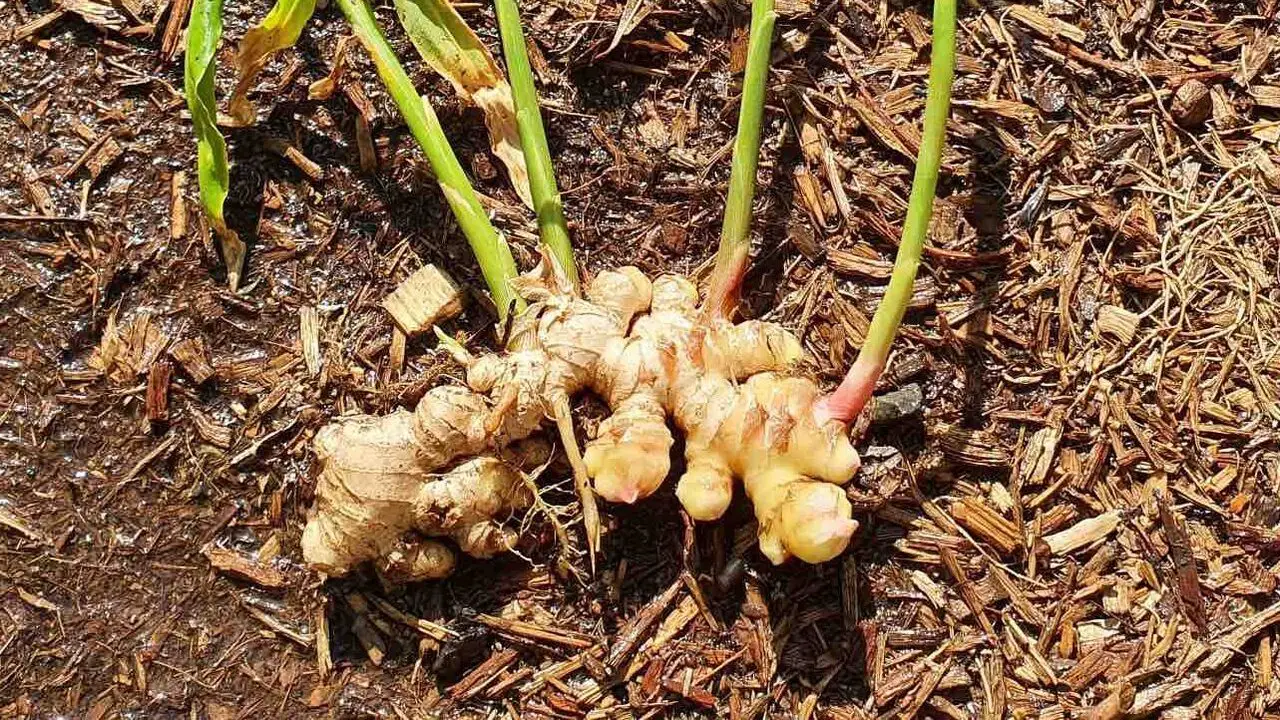
Harvesting and storing ginger is a crucial step in growing your ginger at home. Once the ginger plant has reached maturity, which takes about 8-10 months, it’s time to harvest. Start by carefully digging around the base of the plant to avoid damaging the rhizomes.
Gently lift the plant out of the soil and shake off any excess dirt. Next, cut off the parts of the ginger plant that you don’t need, such as leaves and stems, leaving just the rhizomes. Rinse the rhizomes under cold water to remove any remaining soil. To store ginger, choose a cool and dry place that is well-ventilated.
You can keep it in a paper bag or wrap it in a paper towel to absorb moisture. Stored properly, ginger can last for several weeks or even months, allowing you to enjoy its fresh flavor and health benefits for an extended period.
8.Creative Uses For Fresh Ginger
Fresh ginger is a versatile ingredient that can be used creatively. In addition to its common use as a spice in cooking, fresh ginger can also be handy in making ginger tea, known for its soothing properties and ability to aid digestion. Another way to use fresh ginger is by incorporating it into homemade beauty products.
It can be grated and added to face masks or scrubs to help brighten the skin and reduce inflammation. Additionally, fresh ginger can infuse oils or vinegar, adding a unique flavor twist to dressings or marinades. So whether you’re looking to add some zing to your meals or explore the world of DIY beauty, fresh ginger is a must-have ingredient in your kitchen.
Tips For Growing Ginger In Containers

When growing ginger in containers, there are a few key tips to keep in mind to ensure a successful harvest. Whether you have limited outdoor space or prefer the convenience of container gardening, these guidelines will help you grow healthy and vibrant ginger plants.
- Please Choose The Right Container: Ginger plants require ample space for their roots to grow, so opt for a container at least 12 inches in diameter and depth. Make sure it has good drainage holes to prevent waterlogging.
- Use Well-Draining Soil: Ginger thrives in loose, well-draining soil. A mix of potting soil, compost, and perlite or vermiculite will provide the ideal growing medium. Avoid heavy clay soils that can retain water and lead to root rot.
- Provide Ample Sunlight: Ginger plants prefer bright, indirect sunlight. Place your container in a spot that receives at least 4-6 hours of light daily. If you don’t have access to sufficient sunlight, consider using grow lights to supplement the natural light.
- Water Consistently: Ginger plants require regular watering to keep the soil moist but not waterlogged. Check the moisture level of the soil daily and water when the top inch feels dry. Avoid overwatering, as it can lead to root rot.
- Feed Regularly: Fertilize ginger plants every 4-6 weeks with a balanced, slow-release fertilizer. This will provide the necessary nutrients for healthy growth.
- Watch Out For Pests And Diseases: Monitor your ginger plants for signs of aphids or root rot. Take prompt action if you notice any issues to prevent them from spreading.
Following these tips, you can successfully grow ginger in containers and enjoy a bountiful harvest of this flavorful and aromatic root. Happy gardening!
Troubleshooting Common Ginger Growing Issues
Growing ginger can be a rewarding experience, but like any plant, it can come with its fair share of challenges. Here are some common issues that ginger growers may encounter and how to troubleshoot them:
- Yellowing Leaves: Yellowing leaves can indicate overwatering or nutrient deficiencies. Ensure you are not overwatering your ginger plants, and consider fertilizing them with a balanced organic fertilizer.
- Root Rot: Root rot can occur if the soil is too moist or has poor drainage. To prevent root rot, ensure the soil is well-draining and avoid overwatering your ginger plants.
- Pest Infestation: Ginger plants can be susceptible to pests such as aphids and spider mites. If you notice signs of pest infestation, try using organic pest control methods such as neem oil or insecticidal soap.
- Stunted Growth: Stunted growth can be caused by various factors, including insufficient sunlight, inadequate nutrients, or overcrowding. Make sure your ginger plants are receiving enough sunlight, provide them with proper nutrients, and thin out any overcrowded areas.
- Lack Of Rhizome Production: If your ginger plants are not producing rhizomes, it may be due to inadequate growing conditions or improper planting depth. Ensure that your ginger plants are planted at the right depth (about 2 inches deep) and provide optimal growing conditions such as warm temperatures and regular watering.
By troubleshooting these common issues, you can increase your chances of successfully growing ginger and enjoying a bountiful harvest.
Conclusion
Growing ginger is a rewarding and fulfilling experience. By following the tips provided in this blog, you can successfully cultivate your ginger plants and enjoy the numerous benefits they offer. From understanding the growing conditions to choosing the right variety, preparing the soil, and caring for the plants, each step is crucial in ensuring a successful harvest.
Additionally, we have also discussed how to grow ginger in containers and how to troubleshoot common issues that may arise during the growing process. So why wait? Start your ginger-growing journey today and add this versatile and flavorful ingredient to your garden or kitchen. Happy growing!
Frequently Asked Questions
1.How Long Does It Take To Grow Ginger?
Ans: Ginger typically takes 8-10 months to mature fully. Whether grown in containers or directly in the ground, it’s best to plant ginger during spring or early summer. Providing regular watering and fertilization is essential for successful ginger growth.
2.Can You Plant Ginger Root From The Grocery Store?
Ans: Yes, it is possible to plant ginger roots from the grocery store. Look for a healthy-looking ginger root with visible growth buds. Before planting, soak the ginger root in water overnight. Plant it in well-draining soil and provide a warm, humid environment with partial shade for optimal growth.
3.Does Ginger Grow Better In Water Or Soil?
Ans: You can grow ginger in both water and soil. Water-grown ginger is easier to harvest, while soil-grown ginger tends to have a stronger flavor. For water growth, place the ginger root in a shallow bowl with enough water. For soil growth, plant the ginger root in well-draining soil.
4.Does Ginger Grow Back Every Year?
Ans: Yes, ginger is a perennial plant that can grow back every year. It regrows from an underground rhizome, so it’s important to leave some in the soil when harvesting. Proper care and maintenance can also encourage healthy regrowth each year.
5.Where Ginger Does It Come From?
Ans: Ginger is believed to have originated in Southeast Asia and is now widely cultivated in tropical regions like India, China, and Jamaica. With a long history of use in traditional medicine and cuisine, you can grow fresh ginger at home by planting a piece of ginger root in soil.
